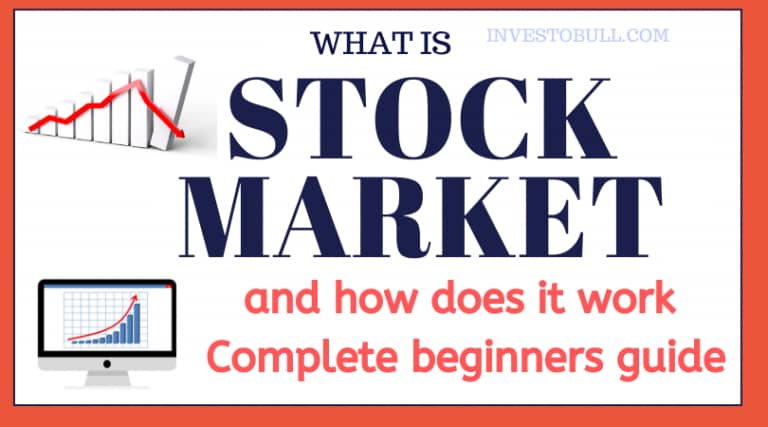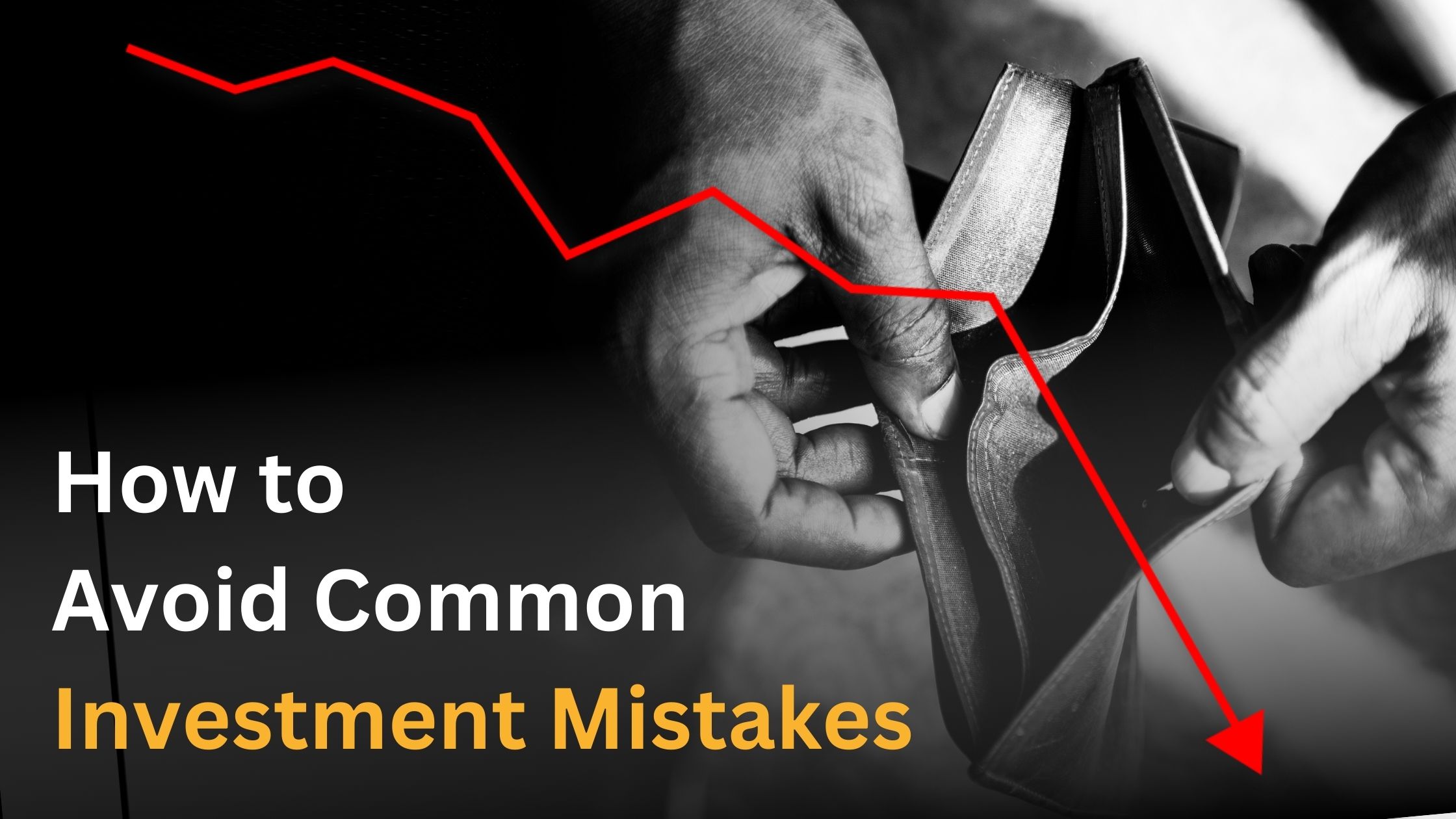Are Tech Stocks Overvalued? 5 Signs to Watch in the Stock Market
Tech stocks overvalued? The STOCK market has long been a place where fortunes are made and lost, and today, one of the hottest debates is whether tech stocks have become overvalued. Over the past decade, technology companies have driven much of the stock market’s growth, creating enormous wealth for investors. But with prices soaring, many are asking: are tech stocks overvalued? This question is more important than ever as investors try to navigate a market that is volatile and influenced by many factors.
According to a 2025 report from Morningstar, large-growth stocks, particularly in the tech sector, are trading roughly 28% above their intrinsic value. This suggests a disconnect between prices and fundamentals. Harvard Business School research also points to a growing divergence between tech stock prices and their earnings growth rates. Such data raises concerns about sustainability.
The stock market is influenced by many variables—economic indicators, investor psychology, global events, and company performance. When it comes to tech stocks, the stakes are high because these companies often represent innovation and future growth. But how can investors tell if these stocks are overvalued.
Understanding the Stock Market and Tech Stocks

Before we get into the signs of overvaluation, it’s important to understand what we mean by the stock market and tech stocks.
The stock market is a marketplace where shares of publicly traded companies are bought and sold.
It reflects the collective expectations of investors about the future performance of companies.
Tech stocks refer to shares of companies involved in technology-related industries—software, hardware, semiconductors, internet services, artificial intelligence, and more.
Tech stocks have been among the best performers in the stock market over the last decade. Companies like Apple, Microsoft, Amazon, Alphabet, and Tesla have seen their valuations skyrocket. This growth has been driven by rapid innovation, increasing digital adoption, and strong earnings growth.
However, with high growth comes high expectations. When investors expect too much, stock prices can become inflated, leading to overvaluation. Overvalued stocks carry the risk of sharp price corrections, which can hurt investors.
Sign 1: High Price-to-Earnings (P/E) Ratios Compared to Historical Averages

One of the most common ways to assess whether a stock or sector is overvalued is by looking at the price-to-earnings (P/E) ratio. The P/E ratio compares a company’s current stock price to its earnings per share (EPS).
A high P/E ratio means investors are paying more for each dollar of earnings, often reflecting high growth expectations.
Why P/E Ratios Matter in the Stock Market
In the stock market, P/E ratios serve as a barometer for valuation. Historically, the average P/E ratio for the S&P 500 has hovered around 15 to 20. However, tech stocks often trade at higher multiples because investors expect faster growth.
For example, as of early 2025, some tech giants have P/E ratios exceeding 30 or even 50. This means investors are willing to pay $30 to $50 for every $1 of earnings. While this can be justified if earnings grow rapidly, it becomes risky if growth slows or earnings disappoint.
Historical Context
Looking back at the dot-com bubble in the late 1990s, tech stocks had P/E ratios that reached astronomical levels—sometimes over 100 or 200. When the bubble burst, many stocks lost 80% or more of their value. This history reminds us that extremely high P/E ratios can signal danger.
Current Data on Tech P/E Ratios
According to data from FactSet, the average P/E ratio for the technology sector in 2025 is around 35, significantly above the long-term average. This suggests that while investors remain optimistic, the margin for error is smaller.
What Investors Should Watch
– Compare P/E ratios of tech stocks to their historical averages.
– Look at forward P/E ratios, which use projected earnings.
– Be cautious if P/E ratios rise without corresponding growth in earnings.
Sign 2: Declining Market Sentiment and Increased Volatility

Market sentiment refers to the overall attitude of investors toward a particular market or sector. When sentiment is positive, investors are eager to buy, pushing prices higher. When sentiment turns negative, selling pressure increases, leading to price declines and volatility.. How to Read Stock Charts Like a Pro: 10 Techniques You Need
Volatility in the Stock Market
Volatility is a measure of how much stock prices fluctuate over a period. Tech stocks are inherently more volatile than other sectors due to their growth nature and sensitivity to innovation cycles.
Recent Trends in Market Sentiment
In 2025, the Technology Select Sector SPDR Fund (XLK), which tracks major tech stocks, has seen a return of -6%, making it one of the weakest sectors in the stock market so far this year. This decline reflects growing investor caution amid economic uncertainties, geopolitical tensions, and regulatory pressures.
Why Sentiment Matters
When market sentiment shifts, it can trigger rapid price movements. Negative sentiment can lead to sell-offs, even if company fundamentals remain strong. Conversely, overly optimistic sentiment can inflate prices beyond reasonable levels.
Signs of Changing Sentiment to Watch
– Increased trading volumes during price declines.
– Rising volatility indexes like the VIX.
– Negative news coverage or analyst downgrades.
– Social media and investor forum sentiment shifts.
Sign 3: Slowing Revenue Growth Despite High Valuations

Revenue growth is the lifeblood of tech companies. Investors pay premiums for stocks that show strong, consistent revenue increases. However, when revenue growth slows but stock prices remain high, it may indicate overvaluation..10 Dividend Stocks That Can Provide a Steady Income Stream
The Importance of Revenue Growth in the Stock Market
Revenue growth signals a company’s ability to expand its market share and generate future profits. In the stock market, sustained revenue growth justifies higher valuations.
Evidence of Slowing Growth
Some tech companies, especially those that grew quickly during the pandemic, are now facing headwinds. For example, companies in cloud computing and software-as-a-service (SaaS) sectors have reported slower-than-expected revenue growth in recent quarters.
The Risk of Overvaluation
If investors continue to pay high prices despite slowing revenue growth, the risk of a market correction increases. This is because stock prices often reflect future earnings potential, which depends heavily on revenue trends.
What to Monitor
– Quarterly earnings reports and revenue growth rates.
– Guidance and forecasts from company management.
– Industry-wide growth trends and competitor performance.
Sign 4: Regulatory and Competitive Pressures Mounting

The tech sector is under increasing scrutiny from regulators worldwide. Issues such as data privacy, antitrust investigations, and cybersecurity risks are becoming more prominent. These pressures can affect company profitability and investor confidence.
Regulatory Environment in the Stock Market
Governments and regulatory bodies are paying closer attention to tech giants. For instance, the European Union’s Digital Markets Act aims to curb monopolistic practices by major tech firms. In the United States, the Federal Trade Commission has ramped up investigations into antitrust violations.
Impact on Tech Stocks
Regulatory actions can lead to fines, operational restrictions, and increased compliance costs. These factors can reduce profit margins and slow growth, making high valuations harder to justify.
Competitive Landscape
Besides regulation, tech companies face intense competition. Startups and established firms alike are innovating rapidly, which can erode market share and pressure pricing.
What Investors Should Keep in Mind
– Monitor regulatory developments and legal proceedings.
– Assess how companies adapt to new rules.
– Evaluate competitive threats and innovation pipelines.
Sign 5: Macro-Economic Factors and Interest Rate Expectations

The broader economic environment plays a crucial role in the stock market, especially for tech stocks. Interest rates, inflation, and currency fluctuations can all influence valuations.
Interest Rates and Their Effect on Tech Stocks
Tech stocks are sensitive to interest rate changes because they rely heavily on future earnings. Higher interest rates increase the cost of capital and reduce the present value of future profits, leading to lower stock prices.
Recent Economic Trends
In 2025, the Federal Reserve has signaled a potential pause or slowdown in rate hikes, but inflation remains a concern. Additionally, a stronger US dollar has made it more expensive for multinational tech companies to generate overseas revenue.
Inflation and Consumer Spending
Rising inflation can reduce consumer and business spending, impacting tech companies’ sales. Supply chain disruptions and rising costs also affect profitability.
What to Watch in the Stock Market
– Federal Reserve announcements and interest rate decisions.
– Inflation data and economic growth reports.
– Currency trends and international trade developments.
—
Additional Insights: How to Navigate the Stock Market with Tech Stocks
Understanding these five signs is just the beginning. Here are some practical tips for investors navigating tech stocks in today’s stock market:
– Diversify your portfolio to reduce risk.
– Use valuation metrics like P/E, price-to-sales (P/S), and price-to-book (P/B) ratios.
– Stay updated with earnings reports and industry news.
– Be cautious of hype and avoid chasing “hot” stocks.
– Consider your investment horizon and risk tolerance.
—
Frequently Asked Questions (FAQs)
Are all tech stocks overvalued in the current stock market?
A: No, while many large-cap tech stocks have high valuations, some smaller or emerging tech companies may still offer attractive value.
How can I tell if a tech stock is overvalued?
A: Look at valuation ratios like P/E and P/S, compare them to historical averages, and analyze revenue and earnings growth trends.
What should I do if I think tech stocks are overvalued?
A: Consider reducing exposure, diversifying into other sectors, or using hedging strategies to protect your portfolio.
Can tech stocks still grow despite high valuations?
A: Yes, if companies continue to innovate and grow earnings, high valuations can be justified. However, the risk increases if growth slows.
How do macroeconomic factors affect tech stock valuations in the stock market?
A: Interest rates, inflation, and currency fluctuations impact the cost of capital and profitability, influencing stock prices.
—
Conclusion
The stock market is a dynamic and complex environment where tech stocks have played a leading role in recent years. While these companies have delivered impressive growth, several signs suggest that some tech stocks may be overvalued. High P/E ratios, declining market sentiment, slowing revenue growth, regulatory challenges, and macroeconomic pressures all warrant close attention.
Investors should use these signs as part of a broader strategy to evaluate tech stocks carefully. Staying informed, diversifying, and maintaining a long-term perspective can help navigate the uncertainties of the stock market.
Are tech stocks overvalued? The answer depends on which companies you look at and how you interpret the data. What is clear is that vigilance and thoughtful analysis are essential in today’s stock market.
—
References and Further Reading
– Morningstar Large-Growth Valuation Report, 2025
– Harvard Business School Research on Tech Valuations, 2024
– FactSet Technology Sector P/E Data, 2025
– Federal Reserve Economic Data (FRED)
– European Union Digital Markets Act Documentation
– State Street Market Strategy Insights, 2025
For more detailed data and updates, visit:
– https://www.federalreserve.gov
– https://ec.europa.eu/digital-markets-act
—
Thank you for reading. Stay curious, stay informed, and keep watching the stock market closely!
—










90zehm